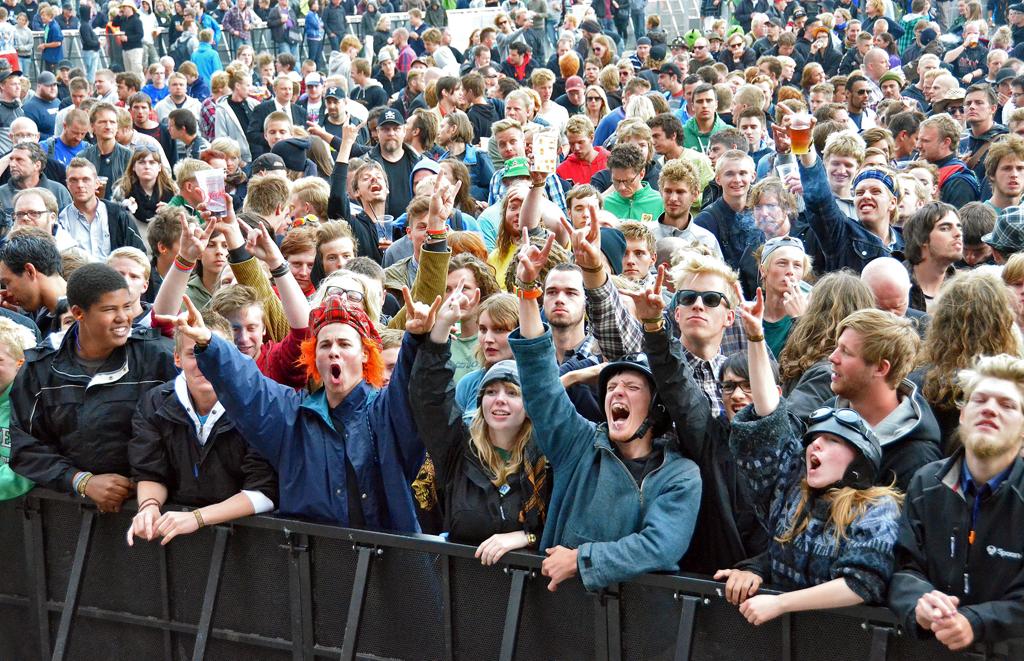CSRNet: Dilated Convolutional Neural Networks for Understanding the Highly Congested Scenes
We propose a network for Congested Scene Recognition called CSRNet to provide a data-driven and deep learning method that can understand highly congested scenes and perform accurate count estimation as well as present high-quality density maps. The proposed CSRNet is composed of two major components: a convolutional neural network (CNN) as the front-end for 2D feature extraction and a dilated CNN for the back-end, which uses dilated kernels to deliver larger reception fields and to replace pooling operations. CSRNet is an easy-trained model because of its pure convolutional structure. We demonstrate CSRNet on four datasets (ShanghaiTech dataset, the UCF_CC_50 dataset, the WorldEXPO'10 dataset, and the UCSD dataset) and we deliver the state-of-the-art performance. In the ShanghaiTech Part_B dataset, CSRNet achieves 47.3% lower Mean Absolute Error (MAE) than the previous state-of-the-art method. We extend the targeted applications for counting other objects, such as the vehicle in TRANCOS dataset. Results show that CSRNet significantly improves the output quality with 15.4% lower MAE than the previous state-of-the-art approach.
PDF Abstract CVPR 2018 PDF CVPR 2018 Abstract








 ShanghaiTech
ShanghaiTech
